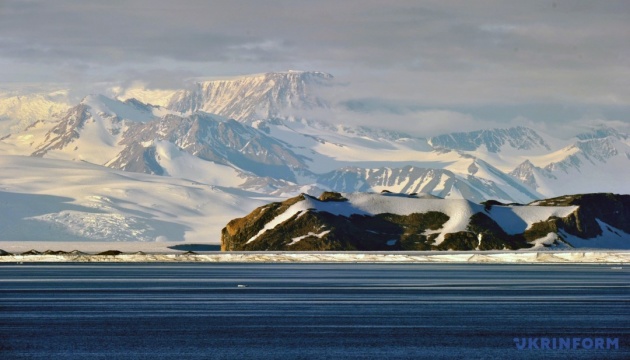The NISAR radar satellite, which will be launched soon by the US’s NASA and the Indian Space Research Organization (ISRO), will monitor some important indicators of the condition of the Earth’s surface, including wetlands, soil deformation caused by volcanoes and movement. land and sea ice.
This is reported by Ukrinform with reference to the web resource of NASA Jet Propulsion Laboratory.
NISAR (short for NASA-ISRO Synthetic Aperture Radar) will provide the most complete picture to date of the motion and deformation of frozen surfaces in Earth’s ice- and snow-covered regions, collectively known as the cryosphere.
The NISAR satellite, planned to be launched from a spaceport in southern India in 2024, will observe almost the entire land and ice surface of the planet twice every 12 days. The satellite’s unique data in the cryosphere will be transmitted thanks to the combined use of two radars: L-band with a wavelength of 25 cm and S-band with a wavelength of 10 cm.
By “seeing” through the snow, L-band helps scientists better track the movement of the underlying ice, while S-band is more sensitive to snow moisture, which indicates melting. Both signals penetrate clouds and darkness, enabling observations during multi-moon polar nights.
Specifically, NISAR will collect data from remote areas of Antarctica near the South Pole, unlike other large radar satellites that focus more on the North Pole.
Antarctica’s ice sheets contain the largest reservoir of frozen freshwater on the planet, and the rate at which this ice is released by melting makes it impossible to accurately predict sea level rise. NISAR needs to take up this task.
The satellite will also monitor melting processes at the junction of ocean and ice, particularly the condition of ice shelves in Antarctica and Greenland.
The satellite will also study changes in Earth’s mountain glaciers. Climate changes of the nature of freezing and thawing can affect the population’s water supply.
NISAR will also record the movement and extent of sea ice in both hemispheres. Sea ice separates the ocean from the air, reducing evaporation and heat loss. It also keeps the planet’s temperature constant by reflecting sunlight.
NISAR is the first example of collaboration between NASA and ISRO to develop equipment for an Earth observation mission. The L-band radar is operated by NASA’s Jet Propulsion Laboratory at the California Institute of Technology in Pasadena, California. NASA provides the communications system. The Satellite Center in Bengaluru deals with transportation: provision of launch vehicle and related services for launching and managing the satellite mission. India also provides electronics for the S-band radar.
According to Ukrinform, scientists from the USA and India are preparing to launch a new NISAR satellite into orbit, which will allow monitoring complex geological processes, including movements of the earth’s crust, changes in ocean levels and prediction of volcanic eruptions.













